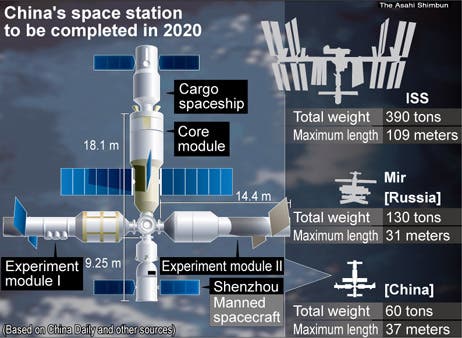
Liu Yang, China's first female astronaut, waves during a departure ceremony at Jiuquan Satellite Launch Center, Gansu province, June 16, 2012. (c) JASON LEE / REUTERS
This Monday, China took a historic step forward after the nation’s manned spacecraft Shenzhou-9 successfully docked the Tiangong 1 space station test platform. This marks the first time a Chinese mission crew docks with a space platform. Also, another unprecedented event occurred – the first ever female Chinese astronaut to travel in space.
The Shenzhou-9 capsule was launched Saturday from Jiuquan Satellite Launch Center located in northwestern area of China. The docking took place two days later; the whole process was remote-controlled and took only a few minutes. The team of Chinese astronauts are slated to stay at the station for 10 days, time in which various experiments will be conducted as well as a manual docking with Tiangong 1.
Tiangong 1 is a actually a test platform, a vessel which China intends on testing its capabilities of building and launching a full-featured space station of its own, one with a permanent mission crew, like the International Space Station. The upcoming Chinese station will consist of three modules and will weigh 60 tones, dimensions similar to Russia’s past Mir space station, which operated until 2001. It’s expected to be fully completed by 2020.
The political message the nation wants to send is clear – China is now a space exploration power, joining the US and Russia. Many concerning voices have arisen, however, in the wake of the successful docking and previously when space station plans were made public. Some officials have expressed their concern regarding China’s actual intentions, fearing they might be military in nature. Liu Weimin, a spokesman for the Chinese Foreign Ministry, said China’s activities are all intended “for peaceful purposes.” He said China was ready and eager to embrace “international cooperation.”
That might be correct, since the nation wasn’t allowed to participate in the development or manned missions to the International Space Station. Taking into account China’s huge national ego and sense of pride, this was a natural move from behalf of the nation. Besides the space station, China has other big space exploration plans like manned missions to moon, Mars exploration and eventual entry into the commercial launch of satellites.










